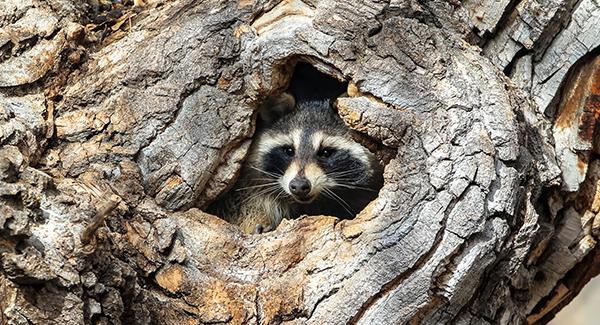

/cdn.vox-cdn.com/uploads/chorus_image/image/49663823/168504093.0.jpg)
Occasionally, raccoons screech to call each other and identify one another’s locations. Screaming often indicates fighting or stress, but not always. Raccoons fight over territory, food, and males fight over females. Raccoons will also scream while fighting with each other. Their screeches are high-pitched and loud. They usually feel this way when threatened by a predator. This sound conveys distress, fear, and panic. Raccoon screams are also known as screeches. Raccoons may also be heard as they climb walls to find entry points into homes. Homeowners may hear raccoons knocking over or rummaging through trash cans. Foraging for food at night is safer because fewer predators are around.
DO RACCOONS GROWL AND HISS WINDOWS
Their screams are so loud that they can be heard inside a house with all the windows and doors shut.Įven though raccoon vocalizations can be heard during the day, raccoon noises are often heard at night while searching for food. Raccoons are most likely to be heard at night since they are nocturnal animals. Baby raccoons whistle more frequently than adult raccoons. This vocalization sounds similar to an owl. Whistling is a way for raccoons to communicate with each other. The hissing sound is often accompanied by teeth and claw barring, stiff posture, and raised fur. The hissing is a warning that they will attack if the other animal does not back off. Raccoons hiss at each other and other animals. Male raccoons can also purr when they are happy.Ī raccoon will hiss when it feels threatened. Mother raccoons purr while showing affection to her cubs. In general, purring communicates happiness and satisfaction. The barking could also symbolize pain or discomfort.Īdult raccoons can purr just like baby raccoons. This vocalization tells other animals that they are approaching the raccoon’s territory. Raccoons bark, a noise that sounds similar to a dog barking. If the raccoon feels threatened by a predator, it may growl and bark to tell the predator to back off. The context of what the raccoon is doing determines what the sound means.įor instance, if the raccoon is eating, it may growl and bark in excitement for its meal. Raccoons use a combination of growling and barking sounds to communicate excitement or stress. Female raccoons will also chitter during mating season to let the males know they are ready to mate. If a raccoon is chittering without babies nearby, it means they are nervous, scared, or uncomfortable. The baby raccoons will repeat the sound to their mother when they feel better. Chittering sounds like a combination of purring and clicking. When a mother raccoon is chittering, she is calming down her babies, called kits. The main reasons are when they are protecting their territory and babies, mating, and communicating with each other. Raccoons make sounds for different reasons. They often make this sound when the mother raccoon holds and licks them. Just as cats purr, baby raccoons make purring sounds while with their mother. Baby raccoons also produce faint whining and whistling sounds. They sound similar to birds and usually make these noises to cry for food. Newborn raccoons make chittering and chirping noises. What does a raccoon sound like in an attic, garage, or basement?.


 0 kommentar(er)
0 kommentar(er)
